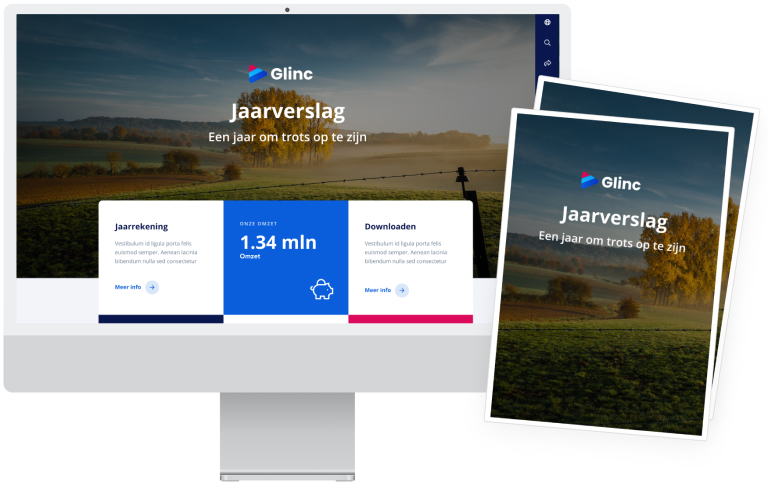Gasunie on track to pay equity
Gasunie on track to pay equity
Gasunie considers diversity, inclusion and equality to be key values. That is why the Human Resources department commissioned employers’ association AWVN to conduct an independent remuneration survey. Project manager Elina Hamstra of Gasunie and AWVN remuneration expert Karin Panman discuss the study and the findings. Elina says, ‘We want to share our experiences with equal pay with other companies.’

‘Unexplained pay gap’
‘I started looking into the situation for Gasunie together with my colleague Linda Vedder,’ says Karin. ‘We specifically examined differences in pay between men and women at the same job level. This is different to the gender pay gap, which is the difference in average hourly wages between men and women. According to Statistics Netherlands, the gender pay gap in the Netherlands is 13%. This figure does not show whether men and women receive the same pay for the same work, because the gender pay gap percentage is not adjusted for job level, age and experience. We use what’s called a regression analysis to calculate the adjusted or “unexplained pay gap”. Such an unexplained gap does not mean that employers are discriminating. There could be plenty of other causes.’
Wider gap in higher job categories
‘So, during this study AWVN took into account data that explain the difference in pay, such as job level and years of service,’ says Elina. ‘Throughout the Netherlands there is an average unexplained pay gap to the detriment of women. This means that on average women are paid slightly less than men for the same work. According to Statistics Netherlands, the difference is 6% in the business sector and 3% in the government sector. Gasunie appears to be doing well compared to the rest of the business sector.’ Karin adds, ‘The study at Gasunie showed an unadjusted pay gap of 4.8%. But when we included the variable “job category” something strange happened: the pay gap widened. Normally, the inequality in higher job categories decreases after such a correction, but that was not the case at Gasunie. When we also included “age” as an explanatory variable the difference fell to 3.3%.’
Successful diversity policy
‘Together we looked for an explanation, and we soon found it,’ says Elina. ‘What did we find? We found that we are investing successfully in diversity. Currently, 85% of the staff are men, but that is gradually changing because we have been hiring proportionately more women in recent years. Approximately 25% of our new employees are female. They are more often working in jobs requiring an academic qualification and end up in higher job categories.’ Karin adds, ‘The men in the same job categories are usually a bit older and have often moved up the company ladder. Because of their age and years of service, they have on average higher pay than women.’
Recommendations for improvement
Elina says, ‘I was satisfied with the findings. We might have expected a bigger difference, but we are doing well nationally. We are far from done, given that there is still an unexplained pay gap.’ Karin adds, ‘We gave Gasunie some recommendations on how to improve. First, keep up the good work of hiring more women, and stay alert to pay disparity. For example, we recommend that the employer not look at what a candidate was earning at their previous job, but rather compare the salary with what other Gasunie staff are earning. Set criteria to determine who falls into which job category and which salary is appropriate for that.’
Getting down to work
‘We immediately got to work on our job evaluation system,’ says Elina. ‘We checked whether the job descriptions and the corresponding pay scales were correct. Furthermore, we no longer ask candidates to provide pay slips from previous employers, only what they would like to be paid. We also pay more attention to differences during pay negotiations.’ Elina goes on to give an example. ‘Like how last year we wanted to hire a man and a woman for a similar position at the same time. The male candidate negotiated on salary, the female candidate did not. In the past, this could have meant that the man would have received a higher salary for the same work. Thanks to the vigilance of the HR department and the managers, their pay is now the same.’
Ongoing attention to equal pay
‘The way Gasunie pays attention to the topic also helps in smaller ways,’ says Karin. ‘Elina and her team make sure that the topic remains on the agenda throughout the year. HR keeps everyone on their toes and calls on all employees to report if they think that something is not quite right.’ Elina adds, ‘We will continue to monitor the situation. Six months after the AWVN survey, an additional 176 employees had joined the company. We then carried out an interim measurement ourselves. The pay gap was so low at 3% that we looked at the relative pay position and this was equal but for a few fractions of a percentage point. It’s really worth investing in research. This places us as a forerunner in the corporate sector in the Netherlands and we are happy to share our experiences with other companies. And that’s why these experiences, as well as our tips, have been included in the Gelijke Beloonwijzer equal pay guide published by WOMEN Inc.’

